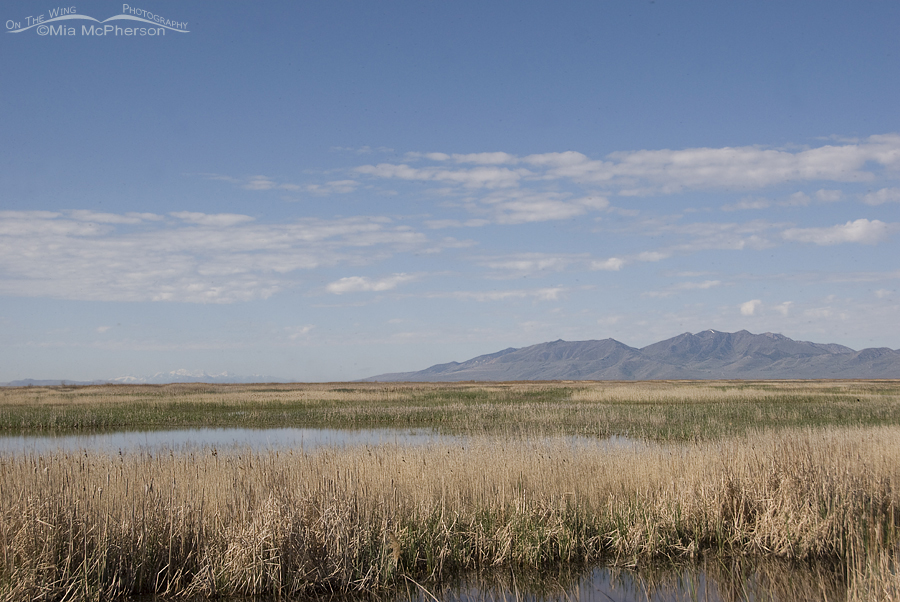 Bear River Migratory Bird Refuge starting to green up 2011 – Nikon D200, f7.1, 1/1500, ISO 250, Nikkor 18-200mm VR at 35mm, natural light
Bear River Migratory Bird Refuge starting to green up 2011 – Nikon D200, f7.1, 1/1500, ISO 250, Nikkor 18-200mm VR at 35mm, natural light
The snow has melted in the Salt Lake Valley where temps have been unseasonably warm thanks to the “Pineapple Express” and although winter hasn’t left it has begun to feel like spring which means it won’t be long before spring has sprung up all over Bear River Migratory Bird Refuge!
It will take a while for the ice to melt on the Bear River and the snow to melt on the surrounding mountains before the marshes start to green up but I know that before long it will.
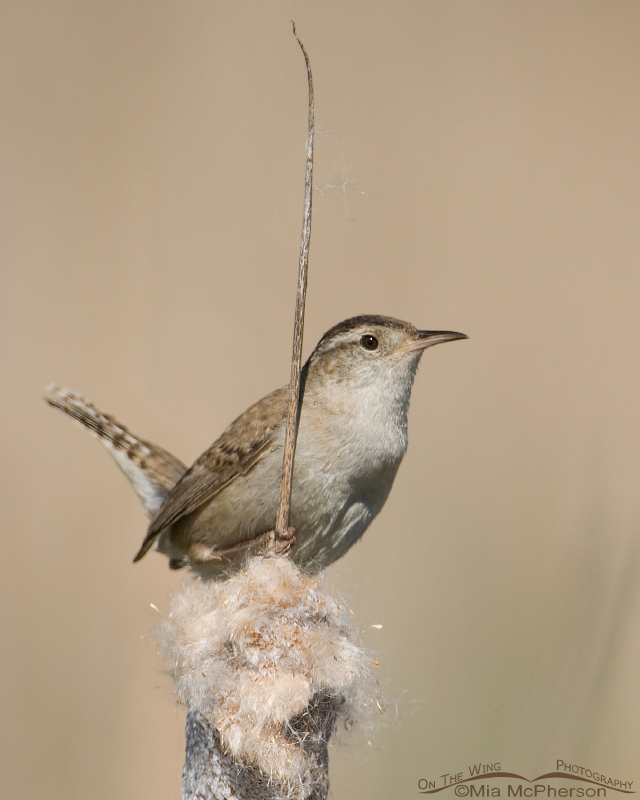 Male Marsh Wren on the Bear River Migratory Bird auto tour route – Nikon D200, f6.3, 1/1250, ISO 400, +0.3 EV, Nikkor 200-400mm VR with 1.4x TC at 400mm, natural light
Male Marsh Wren on the Bear River Migratory Bird auto tour route – Nikon D200, f6.3, 1/1250, ISO 400, +0.3 EV, Nikkor 200-400mm VR with 1.4x TC at 400mm, natural light
The male Marsh Wrens will begin calling from the tops of Cattails and finding materials to construct nests with. The calls of the Marsh Wrens can be heard the best on the auto tour route where some of the prime nesting habitat for these saucy little wrens is less than 10 feet from the road.
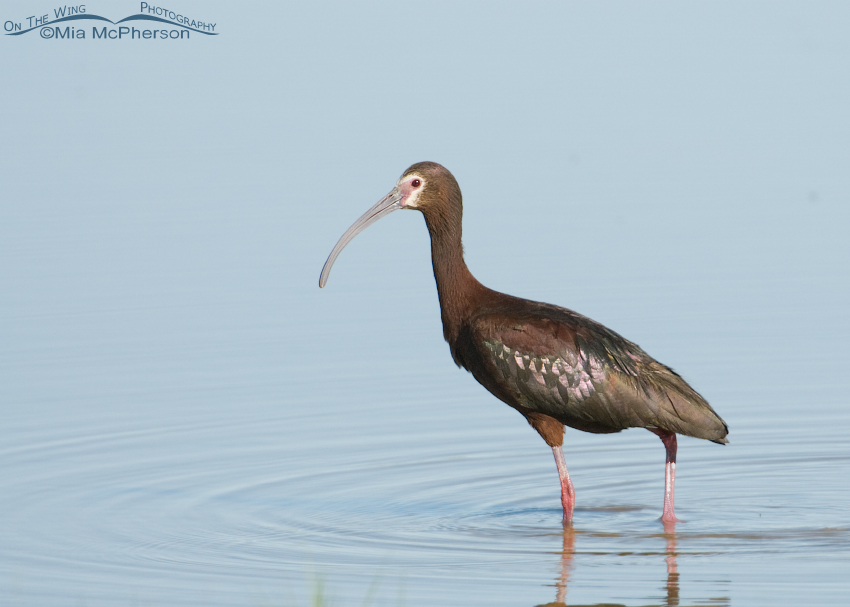 Spring time White-faced Ibis – Nikon D200, f6.3, 1/640, ISO 400, +1.0 EV, Nikkor 200-400mm VR with 1.4x TC at 400mm, natural light
Spring time White-faced Ibis – Nikon D200, f6.3, 1/640, ISO 400, +1.0 EV, Nikkor 200-400mm VR with 1.4x TC at 400mm, natural light
Soon the White-faced Ibis will migrate north by the thousands and Bear River Migratory Bird Refuge provides excellent feeding habitat for these wading birds and hosts the largest breeding colony of White-faced Ibis in North America. The mudflats and wet meadows of the Great Salt Lake ecosystem draw these ibis into the area. Bird watchers will some times catch glimpses of vagrant Glossy Ibis mixed in with the White-faced Ibis too.
When these White-faced Ibis are startled and take flight they can sound a little like a pig oinking.
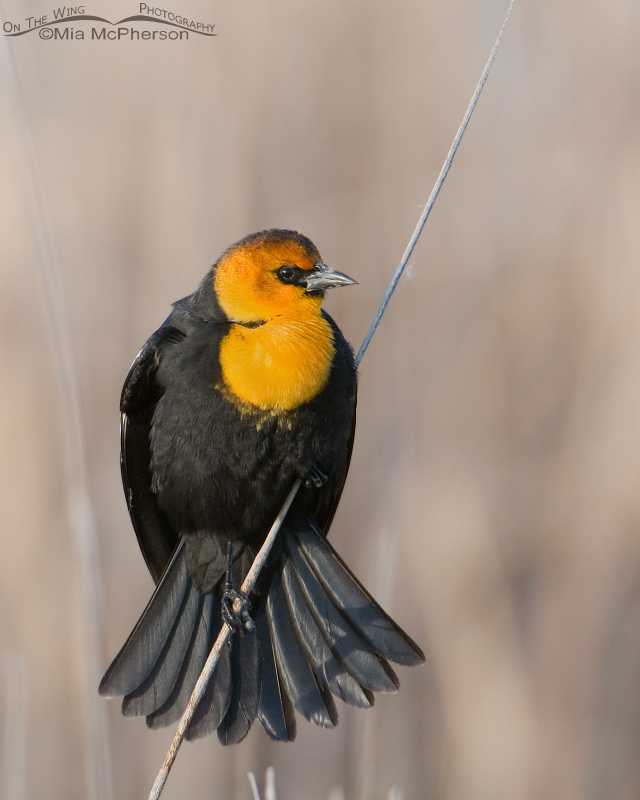 Male Yellow-headed Blackbird displaying – Nikon D300, f6.3, 1/320, ISO 640, +0.3 EV, Nikkor 200-400mm VR with 1.4x TC at 400mm, natural light
Male Yellow-headed Blackbird displaying – Nikon D300, f6.3, 1/320, ISO 640, +0.3 EV, Nikkor 200-400mm VR with 1.4x TC at 400mm, natural light
The mechanical sounds that Yellow-head Blackbirds make will soon mix in with the calls of the Marsh Wrens on the auto tour route. When the males are displaying they are flashy with their dark bodies, yellow heads and they seem to be unable to resist singing from dawn until dusk.
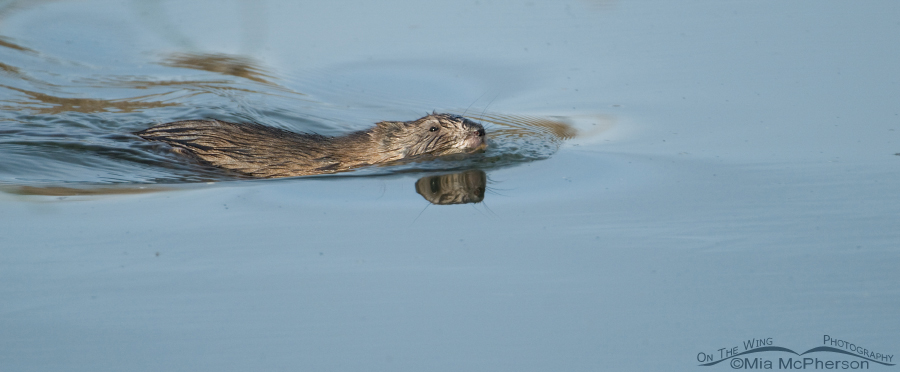 Muskrat at Bear River National Wildlife Refuge – Nikon D200, f5.6, 1/320, ISO 320, Nikkor 200-400mm VR with 1.4x TC at 400mm, natural light
Muskrat at Bear River National Wildlife Refuge – Nikon D200, f5.6, 1/320, ISO 320, Nikkor 200-400mm VR with 1.4x TC at 400mm, natural light
Besides the great bird watching at the Bear River Migratory Bird Refuge there are opportunities for wildlife watching too. There are Mule Deer, Skunks, Long-tailed Weasels and plenty of Muskrats to see. I once saw a skunk that was the color of caramel on the north side of the auto tour route which delighted me because I usually only see them in the typical black and white colors.
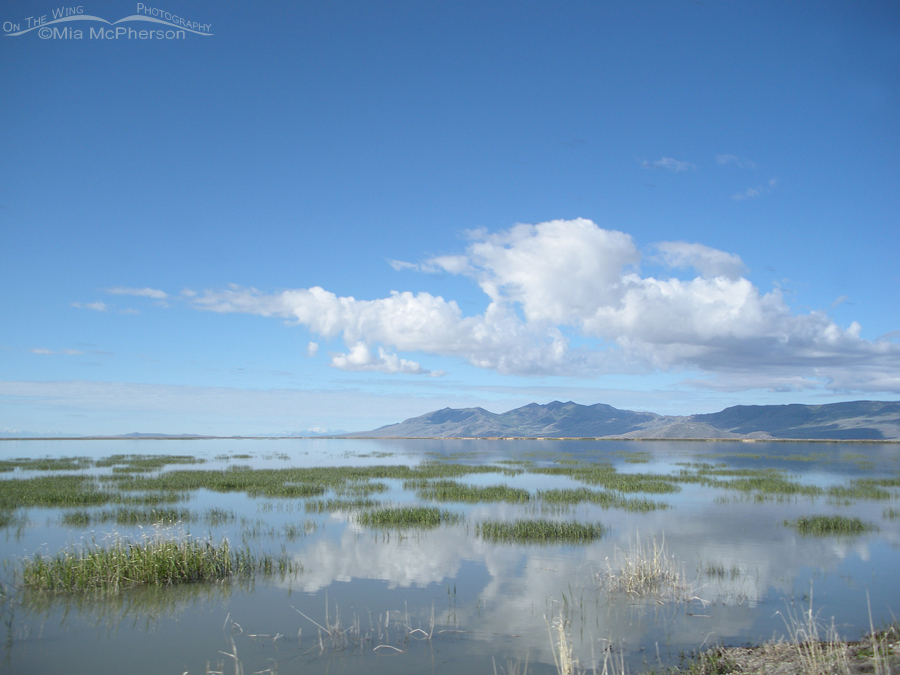 Bear River Migratory Bird Refuge – Nikon Coolpix S550, f3.5, 1/712, ISO 64, 6mm, natural light
Bear River Migratory Bird Refuge – Nikon Coolpix S550, f3.5, 1/712, ISO 64, 6mm, natural light
Bear River Migratory Bird Refuge is a critical habitat for migrating birds from both the Pacific and Central Flyway of North America. Millions of birds stop to rest and feed before heading further north to their breeding grounds. Some of the birds I see and photograph during the summer at Red Rock Lakes National Wildlife Refuge in southwestern Montana probably stop over at Bear River Migratory Bird Refuge in early spring before they head to Montana.
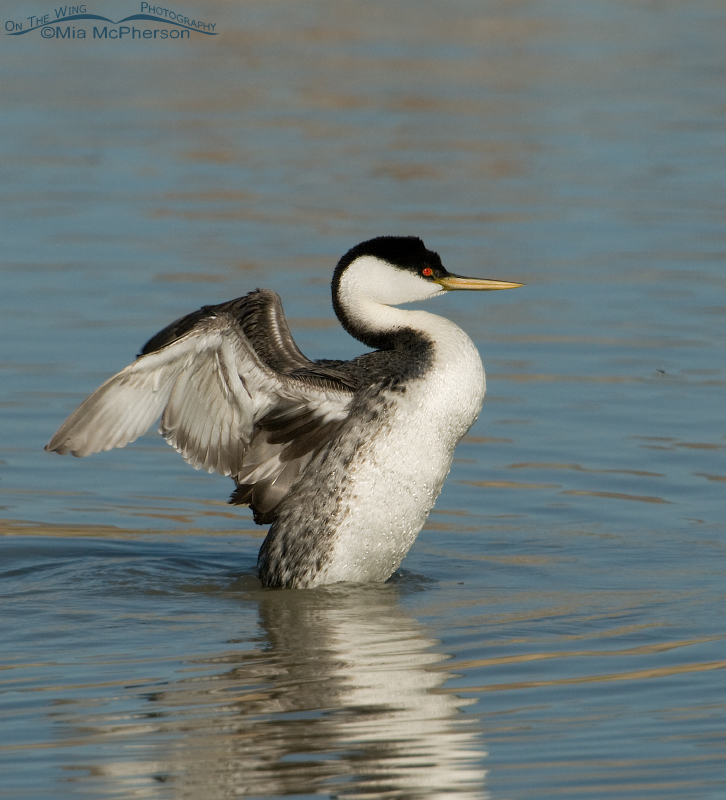 Western Grebe flapping its wings – Nikon D200, f7.1, 1/2500, ISO 320, -1.0 EV, Nikkor 200-400mm VR with 1.4x TC at 400mm, natural light
Western Grebe flapping its wings – Nikon D200, f7.1, 1/2500, ISO 320, -1.0 EV, Nikkor 200-400mm VR with 1.4x TC at 400mm, natural light
Western, Clark’s and Pied-billed Grebes are commonly seen along the auto tour route. Before long Western and Clark’s Grebes will make their appearance in the thousands at Bear River Migratory Bird Refuge to mate and rear their young. If I am lucky I will get to see their amazing courtship displays which including rushing.
 Cliff Swallow in flight – Nikon D200, f6.3, 1/800, ISO 400, +0.3 EV, Nikkor 200-400mm VR with 1.4x TC at 400mm, natural light
Cliff Swallow in flight – Nikon D200, f6.3, 1/800, ISO 400, +0.3 EV, Nikkor 200-400mm VR with 1.4x TC at 400mm, natural light
Five species of Swallows visit or breed at Bear River Migratory Bird Refuge. They are Cliff, Barn, Tree, Rough-winged and Violet-green Swallows. The three species I see most often are Tree, Barn and Cliff Swallows. This Cliff Swallow was photographed as it flew into its nest. I hope this year that I will be able to see and photograph some Violet-green Swallows because so far they are a nemesis species for me as far as getting a decent image of them. Swallows feed on the midges and mosquitoes found at Bear River Migratory Bird Refuge.
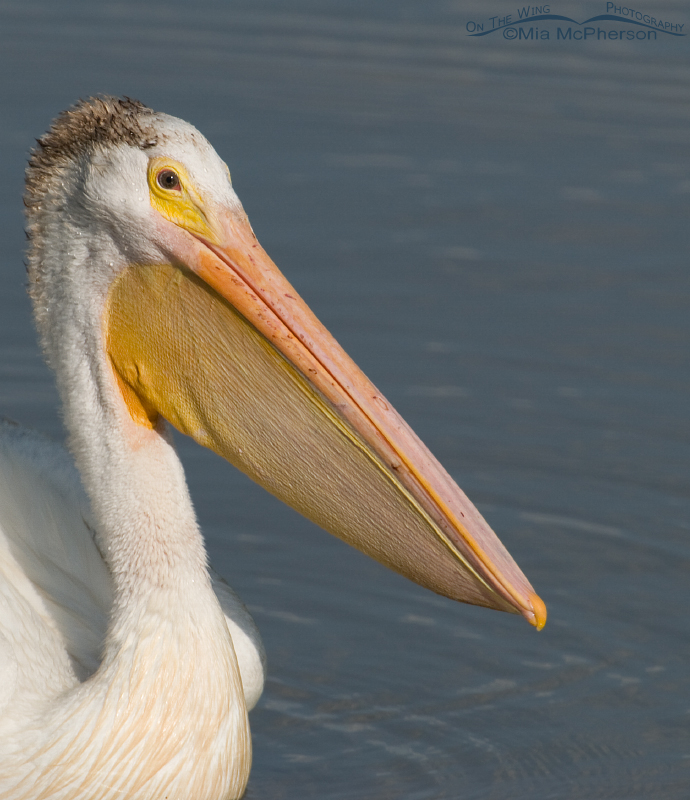 American White Pelican Close up – Nikon D200, f7.1, 1/1250, ISO 250, -0.3 EV, Nikkor 200-400mm VR with 1.4x TC at 400mm, natural light
American White Pelican Close up – Nikon D200, f7.1, 1/1250, ISO 250, -0.3 EV, Nikkor 200-400mm VR with 1.4x TC at 400mm, natural light
There are already American White Pelicans arriving in northern Utah and soon there will be tens of thousands of these huge white birds. American White Pelicans nest on Gunnison Island in the Great Salt Lake but the Bear River Migratory Bird Refuge is a key location used by the pelicans for feeding and loafing around.
I didn’t include the shorebirds I see, photograph and love at Bear River Migratory Bird Refuge because this post would be extremely long if I included them nor have I included the raptors I will see in the spring. I guess I will have to do separate posts about them before too long.
Bear River Migratory Bird Refuge in the spring is a show I know I don’t want to miss!
Life is good.
Mia


Stunning images.
Your white-faced ibis looks similar to our glossy ibis.
Great capture of the swallow also.
What a place. And so amazing you got such a great shot of a Marsh Wren (among others). They’ve evaded me so far, but I always hear them as they escape my lens, into the reeds.
Yes Mia, it is feeling more like spring, even with more snow promised this week. And I really like this set — looking forward to seeing these in person before long.
Thank you, thank you, thank you. And, in case I didn’t convey my gratitude, thank you for the link to their calls. You have made my heart sing this morning.
Breathtaking landscapes. And, as always, stunning birds.
Hi! Love all the Photo’s Have a great day shooting!
Lovely set of photos, Mia. We’ve been to Bear River Refuge several times: I LOVE it!!
Beautiful! Makes me even more anxious for Spring! We’ve had a very hard winter way down here on the Gulf.
What a wonderful collection of images!!! Love the landscapes, especially the second one. Loved them all…couldn’t pick out a favorite. A great way to start the day. Thanks….
Brilliant images, especially the Ibis and Grebe, superb.